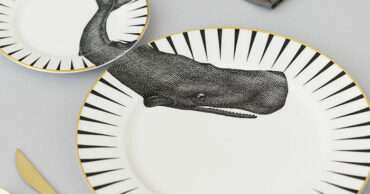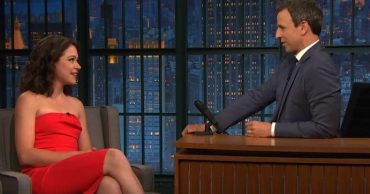Beneath the white cowboy boots, broad smiles, and stunning blowouts, Netflix’s America’s Sweethearts: Dallas Cowboys Cheerleaders shines a light on all the dark behind-the-scenes action that goes on to become a Dallas Cowboys Cheerleader (DCC). The DCC is the official cheerleading squad representing the Dallas Cowboys in the National Football League (NFL). They have been around since 1972 and have established themselves as a respectable organization with a rich legacy. The DCC squad had been featured in CMT’s reality TV show Dallas Cowboys Cheerleaders: Making the Team since 2006, which took viewers through the audition process and annual squad formation. The show ran for 16 seasons until it was canceled in April 2022.
The Netflix series, directed by Greg Whiteley, differs from the reality TV show as it provides a magnified view into the more problematic and controversial aspects behind the audition process to secure a spot on the squad. The seven-episode series uncovers all the nitty-gritty details previously unknown to the audience. It essentially tells the story of the women who are the faces of DCC and the ones who work backstage to deliver the finished product. Let’s unpack all the dark measures that go into the formation of America’s Sweethearts — right from inherent sexism to pay disparity, uncomfortable scrutiny, and everything in between.
DCC Has Roots in Sexism and Objectification
DCC was established at the peak of the sexual revolution in pop culture back in 1972. Making the squad also entails a set aesthetic standard, which starkly came to light at various points in America’s Sweethearts: Dallas Cowboys Cheerleaders. All the girls are scrutinized by the director of the DCC, Kelli Finglass, whose attention to detail and specific conditions determine their chances of making the squad. Ariana Taylor, who had previously auditioned, was let go because she was considered too short compared to the other girls on the team.
That’s not all, though. The objectification aspect is not even subtle, considering the wildly provocative yet iconic uniform the girls are made to wear. The barely there crop tops and white bum shorts were explicitly designed to catch the attention of a specific demographic. There is raging stress and pressure revolving around the aesthetic appeal of a Dallas Cowboys Cheerleader. This often takes away from the fact that all these women are highly qualified athletic individuals with a strong background in various dance forms. The documentation of the audition process unpacks all the finer aspects, from hair color, face contouring and even lively facial expressions that are given an unfathomable amount of importance.
The Audition Process Is Rigorous and Gruesome
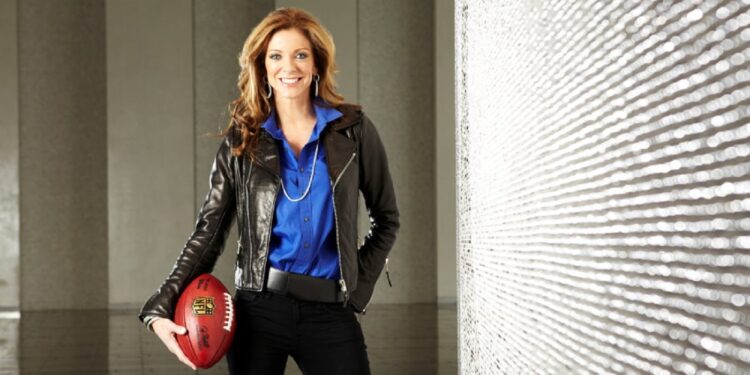
The audition process to become a Dallas Cowboys Cheerleader is definitely not for the faint of heart. The shortlisted applicants must perform a 60-second dance solo in front of a panel of several judges, including the Chief Brand Officer of The Dallas Cowboys, Charlotte Jones. They are judged on their dancing talent, appearance, and whether they possess the “it factor.” There is inherent pressure to be flawless from top to toe, not just from the outside but even internally, with one’s behavior and personality playing major roles. The training camp is challenging, with most of these women balancing making it to practice sessions while working other full-time jobs.
It’s clear as day that the cheerleaders’ raging thirst to make it to the DCC has made them putty in the hands of ringmaster Finglass as they strive to prove why they deserve to be a part of the coveted squad. The scrutiny during training camp is so microscopic that fan-favorite cheerleader Reece Weaver was even told that she was making a weird face during her routine and should refrain from doing so.
The Scanty Pay, Medical Complications, and Mental Distress are Shocking
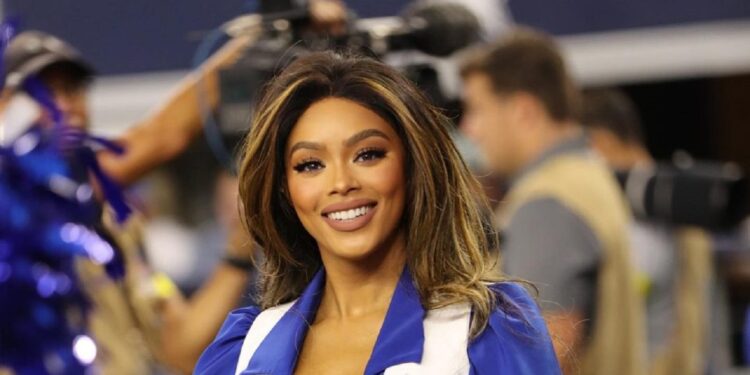
While watching the docuseries and witnessing the dedication to getting a spot on the squad, one would assume that the compensation would be something to write home about. The payment issue was brought up in episode one of the series by former cheerleader Katherine Puryear, who pointed out that a DCC girl makes as much as a full-time worker at Chick-fil-A — which is shockingly low. Jones’ justification for the low salaries largely revolves around the fact that the girls aren’t doing it for the money but to be “a part of something bigger than themselves” is infuriating.
Like any other sport, becoming a DCC does come with its own set of mental distress and physical complications. One of the most shocking things that the docuseries revealed was that the uniform, though tailored to fit one’s body, cannot undergo alteration once made. There was also the sad revelation that at the end of a season, the girls don’t get to keep their uniforms. The only way to get them back would be to audition and make it to the squad the following season.
In various instances, one witnessed fourth-year veteran Victoria Kalina evidently crumbling under pressure, and later, she even opened up about her mental health journey and her eating disorder. There are also medical complications that ensue from performing splits night after night, with many cheerleaders having to resort to getting hip surgery as young as 30.
Why Do Women Continue to Aspire to Become a Part of DCC?
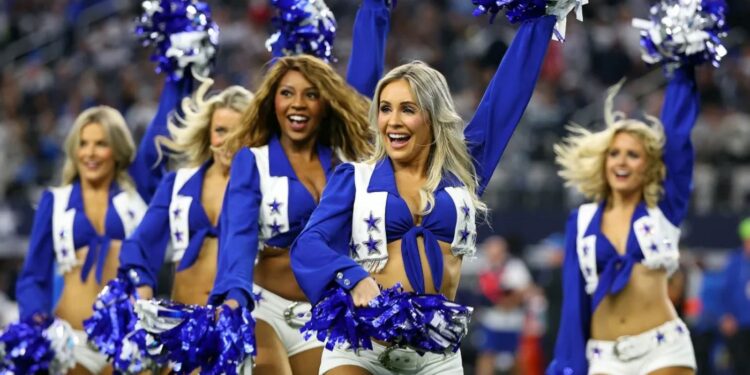
With the cons outweighing the pros, one may ponder why women continue to aspire to become a Dallas Cowboys Cheerleader. The simple reasoning would be that DCC is an institution that has been glorified for generations. A lot of cheerleaders whose mothers were also part of the squad back in the day strive to be the torch-bearers of keeping up the tradition. Being part of the organization, marketed as a larger-than-life experience, is the lifelong dream of thousands of American women.
While there are positive aspects, like the girls getting an opportunity to showcase their talent, give back to the community, and even bask in the unique sisterhood, the organization goes against what women have been fighting against for generations. Be it fair pay, sexism, or blatant body shaming, the deep-rooted issues cannot be masked under the pretense of tradition. At the end of the day, it is a job, and the sacrifice, declining self-worth, and unfair scrutiny throw a black curtain over the glamorous front that the Dallas Cowboys Cheerleaders present to the world. Also check out five things movies get wrong about cheerleading!
Watch AMERICA’S SWEETHEARTS: Dallas Cowboys Cheerleaders on Netflix
 Follow Us
Follow Us
